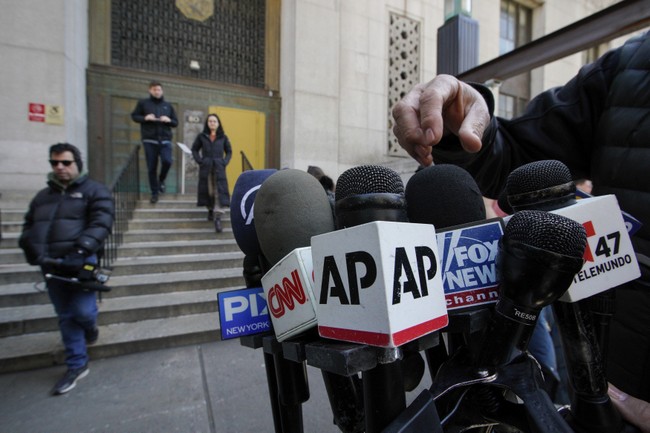
www.ancient-origins.net
Ollantaytambo: The Inca Fortress That Defied Conquistadors
Hidden away in Peru’s Sacred Valley, 2,792 m (9,160 ft) above sea level, lies Ollantaytambo, a powerful reminder of the ingenuity, power, and resilience of the Inca. Famous for its stunning architecture, strategic significance, and fascinating history, this site offers a unique glimpse into the lives and culture of the Inca. From its meticulously constructed terraces to its role as a stronghold during the Spanish conquest, Ollantaytambo remains a vibrant link to a bygone era. While the Inca may have ultimately been defeated by the Conquistadors, Ollantaytambo remains as a symbol of Inca resistance against the colonial invaders.
The Fateful Meeting of Atahualpa & Pizarro (with Prof. Tom Cummins, Harvard)
Read moreSection: ArtifactsAncient TechnologyNewsRead Later















